How To Boost the Adoption of New Collaborative Tools

Temps de lecture: 5 minutes
Collaborative tools are a must in today’s workplace. They enable employees to collaborate on projects with their colleagues, whether they are across the office or across the world—which is increasingly important as hybrid and remote work continue to rise in popularity.
Also read: 5 advantages of collaborative work
But many organizations struggle with the adoption of collaborative tools. For example, according to a study from MIT Sloan Management Review and Capgemini Consulting, 63 percent of managers and executives surveyed said that the adoption of technology within their organization was too slow. And not only can the adoption of collaborative tools be a slow process, but it can also be a challenging one—with employees struggling to understand how to manage the technology and integrate the new collaborative tool into their day-to-day workflow.
But there are ways to make the process more effective. As CIOs roll out new collaborative tools, they need a clear plan to ensure the technologies are embraced by their employees—and that the collaboration those technologies enable is seamless and effective for their entire team, whether they’re working remotely, in the office, or a combination of both.
So how, exactly, do you do that? Let’s take a look at four strategies CIOs can use to boost the adoption of new collaborative tools among their teams.
Do a pilot program
Many companies decide they want to start using a new collaborative tool—and then immediately roll out that tool to the entire company. But there’s no way to know whether a tool is the right fit for your team until you try it. And trying it out on a smaller scale could be a more effective strategy than kicking things off with a company-wide roll out.
Also read: Achieving the key step in the adoption of your enterprise social network
Pilot programs offer a host of benefits. First, you get to try out a new collaborative tool with a smaller group—and figure out what features are a good fit, which don’t work for your team, and whether that particular technology drives the kind of collaboration you need to empower your team’s best work.
For example, let’s say you’re planning on introducing a new chat platform to foster better communication between remote and in-person employees. Testing out that platform with a small group can help you identify any potential issues (like remote employees struggling to connect to the platform or share files). From there, you can either find solutions to the tool’s issues or find a better, more effective tool before you roll it out to the entire team.
The point is, there’s always going to be challenges and speed bumps when rolling out a new tool. Doing a pilot program allows you to identify those speed bumps and challenges before you implement the tool on a company-wide scale—which can save you (and your team!) time, energy, and frustration.
Invest in proper onboarding
If you want your team to successfully adopt a new collaborative tool, you can’t just roll it out and hope for the best. You need a clear strategy for getting your entire team up to speed on how the technology works and how your team is going to work with it.
And that means investing in onboarding.
Proper onboarding sets your team up for success. It gets your employees trained, comfortable, and ready to use the collaborative tool in their day-to-day workflow. And if you want to successfully integrate the technology into your work environment, onboarding is an absolute must.
The way you onboard your team will depend on the tool. For example, if you’re rolling out a fairly simple and straightforward video conferencing tool, a quick training video on how to use the tool—along with a procedural document that outlines how and when to use the tool in their workflow—may be all you need to get your team up and running. On the flip side, if you’re adopting a more complex project management and document sharing software, a more comprehensive onboarding process (for example, an on-site training with a rep from the software company or a series of training modules that walk your team through all the features and functionality of the tool) may be more appropriate.
Bottom line? Your team’s successful adoption of collaborative tools depends on you, as the CIO, setting them up for success—and if you want to set them up for success, you need to invest in onboarding.
Offer continued training
Teams change. Organizations change. Technology changes. And if you want your team to continually get the most out of their collaborative tech stack, you can’t stop at onboarding. You need to continue to offer training opportunities as things (whether that’s the team, the organization, or the technology) inevitably change.
For example, let’s say you adopt a new collaborative tool—and six months after rolling it out to your team, the software company releases a new version with additional features. If you want your team to continue getting the most out of the tool, you need to host an additional training to get them up to speed on the new features, how they work, and how they fit into your work environment’s workflow. Or let’s say your team dynamic shifts—and a host of employees who were primarily working in the office shift to working remotely. The way they use the collaborative tool may change when they’re working at home vs. working in the office—in which case, they’d need additional training as they make the transition to remote work.
The more you train your team, particularly if something shifts or changes, the more successful they’ll be using your collaborative technology—and the more effective they’ll be as a result.
Ask for feedback
When you roll out a new collaborative tool, the only way to know whether it’s working for your team—and whether they’re having any issues with the adoption of the new tool—is to ask them.
When you introduce a new tool, make sure to check in regularly with your team and ask for feedback (for example, after the onboarding process, after 30 days of using the tool, and then again at 90 days). Asking for regular feedback can help you stay on top of any potential issues or challenges as they happen—and can also prevent you from sticking with a tool that’s ultimately not the right fit for your team.
*
* *
Introducing new technologies is always a bit of a challenge. But with these strategies, you have (almost) everything you need to successfully boost the adoption of new collaborative tools in your company, whether your teams are working in the office or remotely.
Almost, because you’ll also have to make sure you choose the collaborative tools that best fit your team’s needs. To help you make this decision, we invite you to read our article on “How to choose the right collaborative tool?”.
Of course, boosting the adoption of new collaborative tools is not the only challenge CIOs are facing today. Read our ebook to learn more about CIOs’ challenges in the era of hybrid work :
Access White Paper
In our white paper “CIOs: Navigating the New Challenges of Hybrid Work”, you’ll discover: the 3 major challenges for CIOs in the era of hybrid work, concrete advice on how to accelerate your digital transformation, secure your workstations and improve the employee experience, as well as testimonials from 10 CIOs working in companies, administrations and associations.
–
Author: Deanna deBara





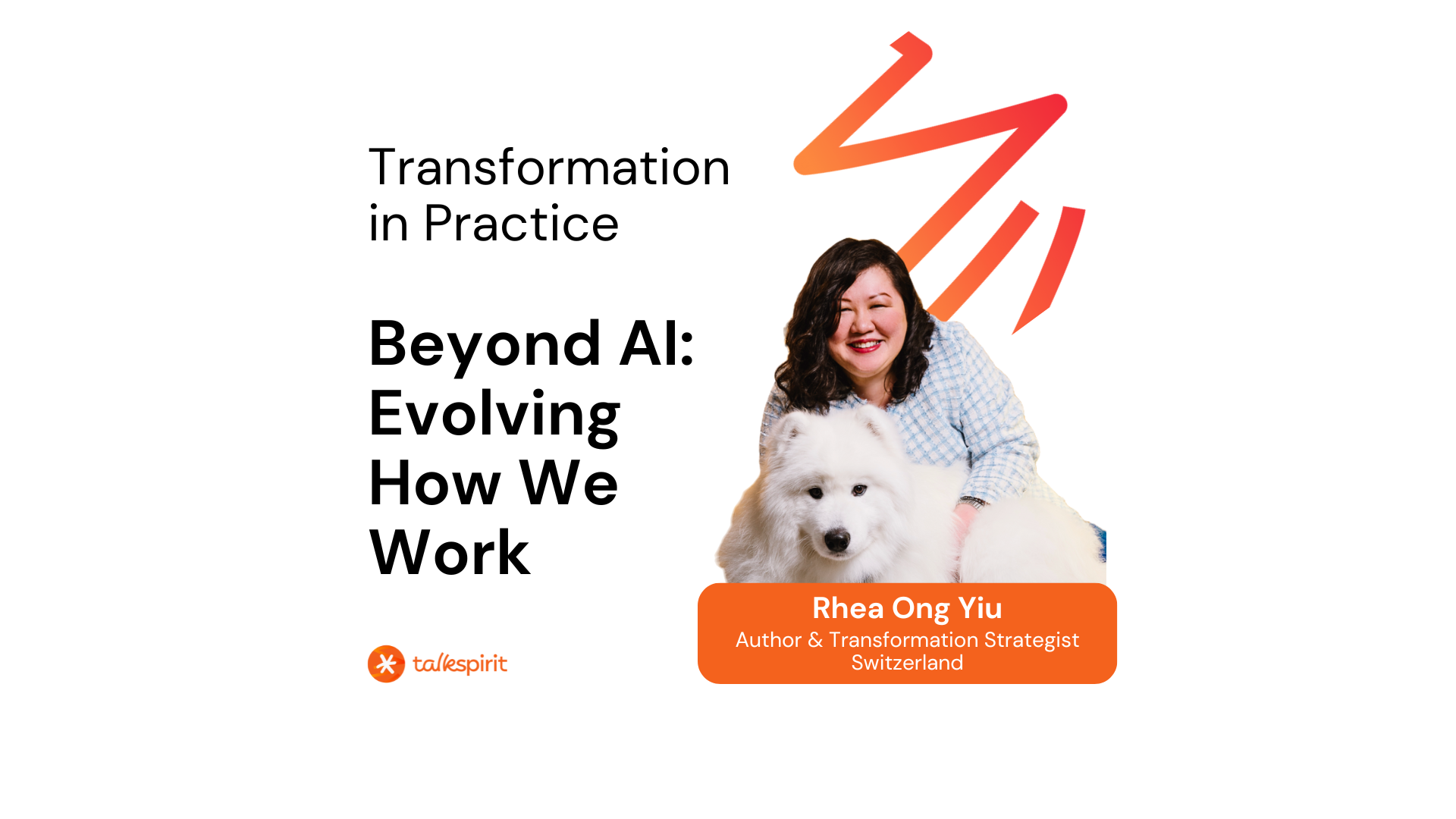
.jpg)


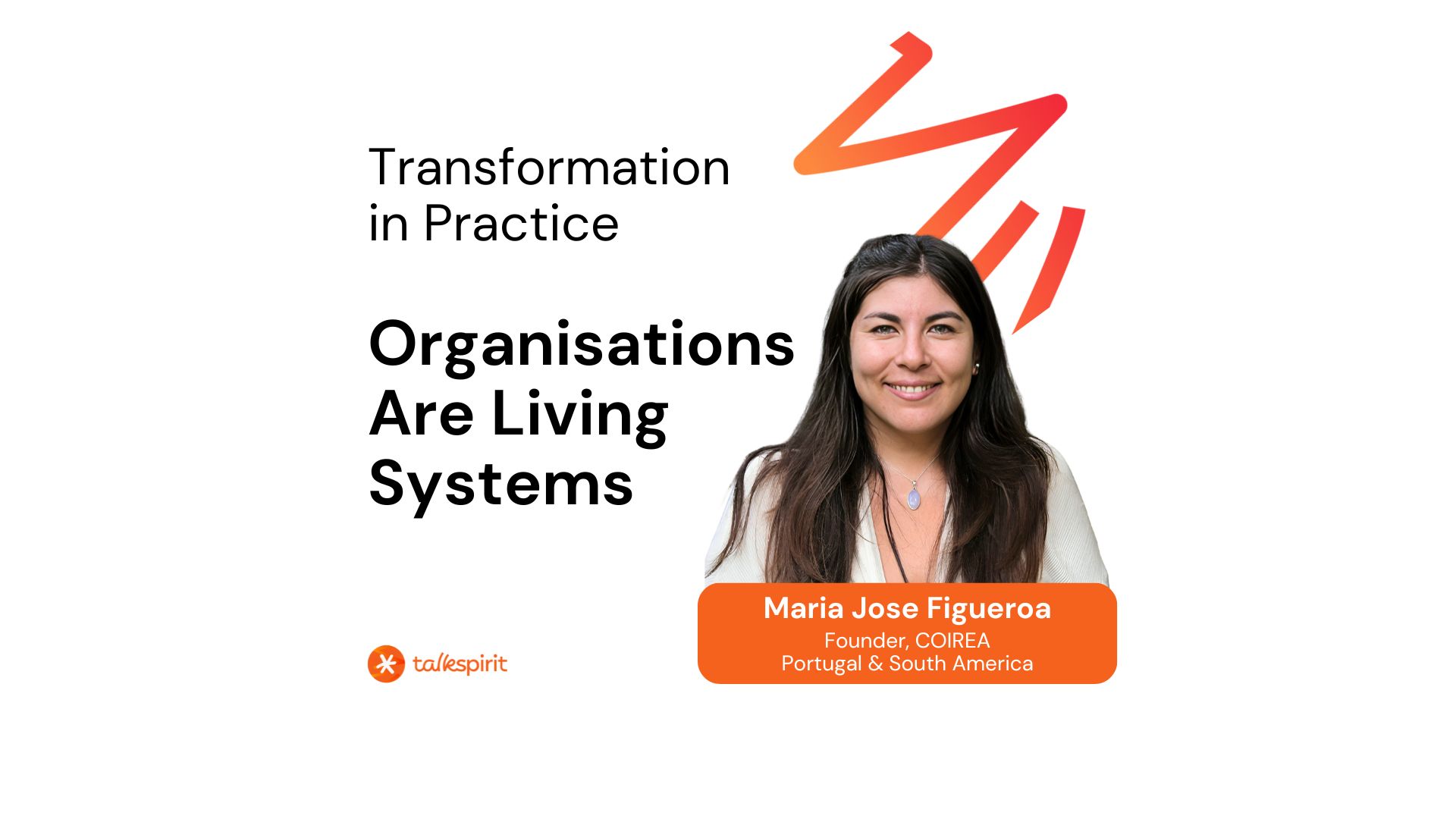



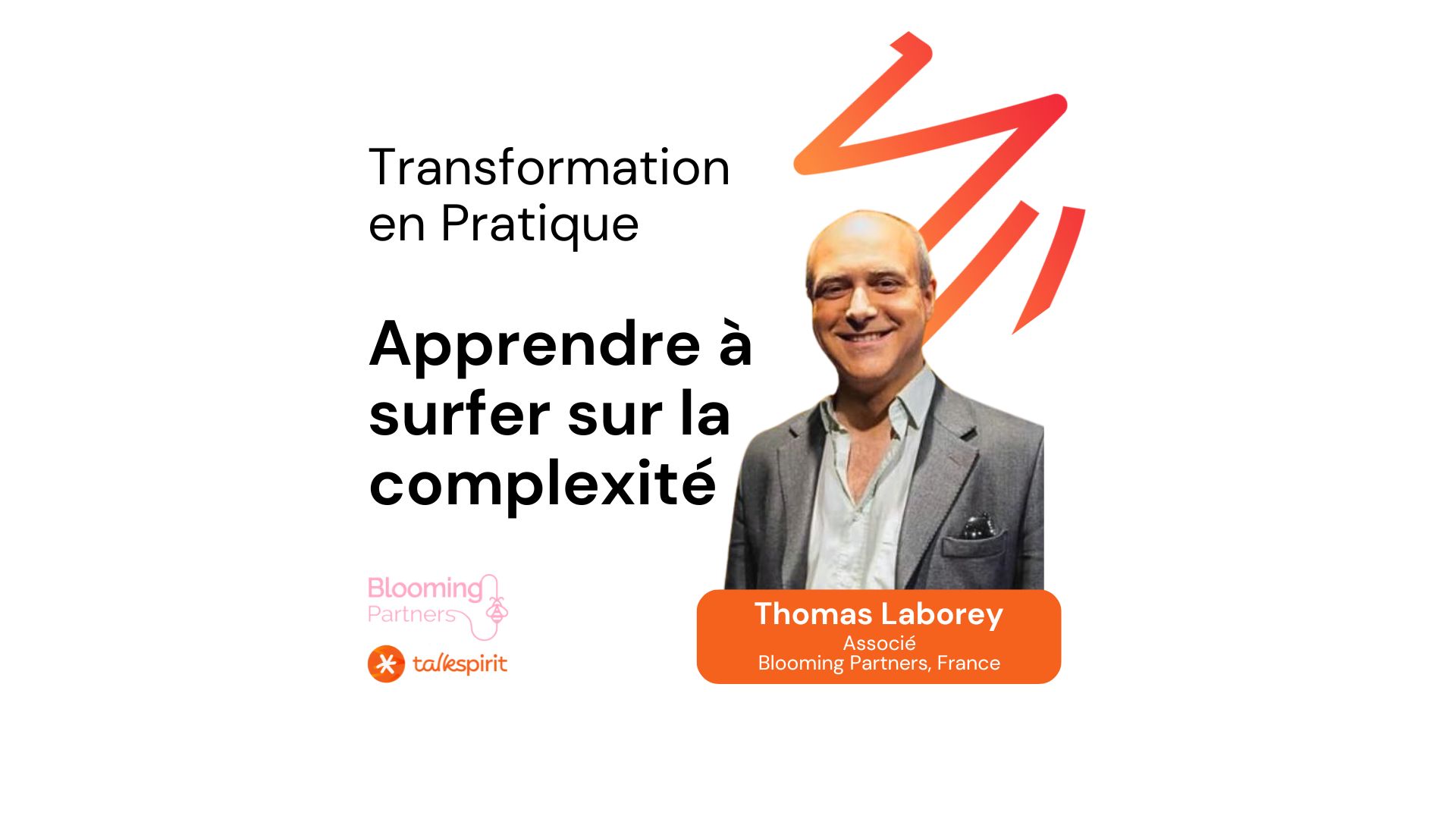

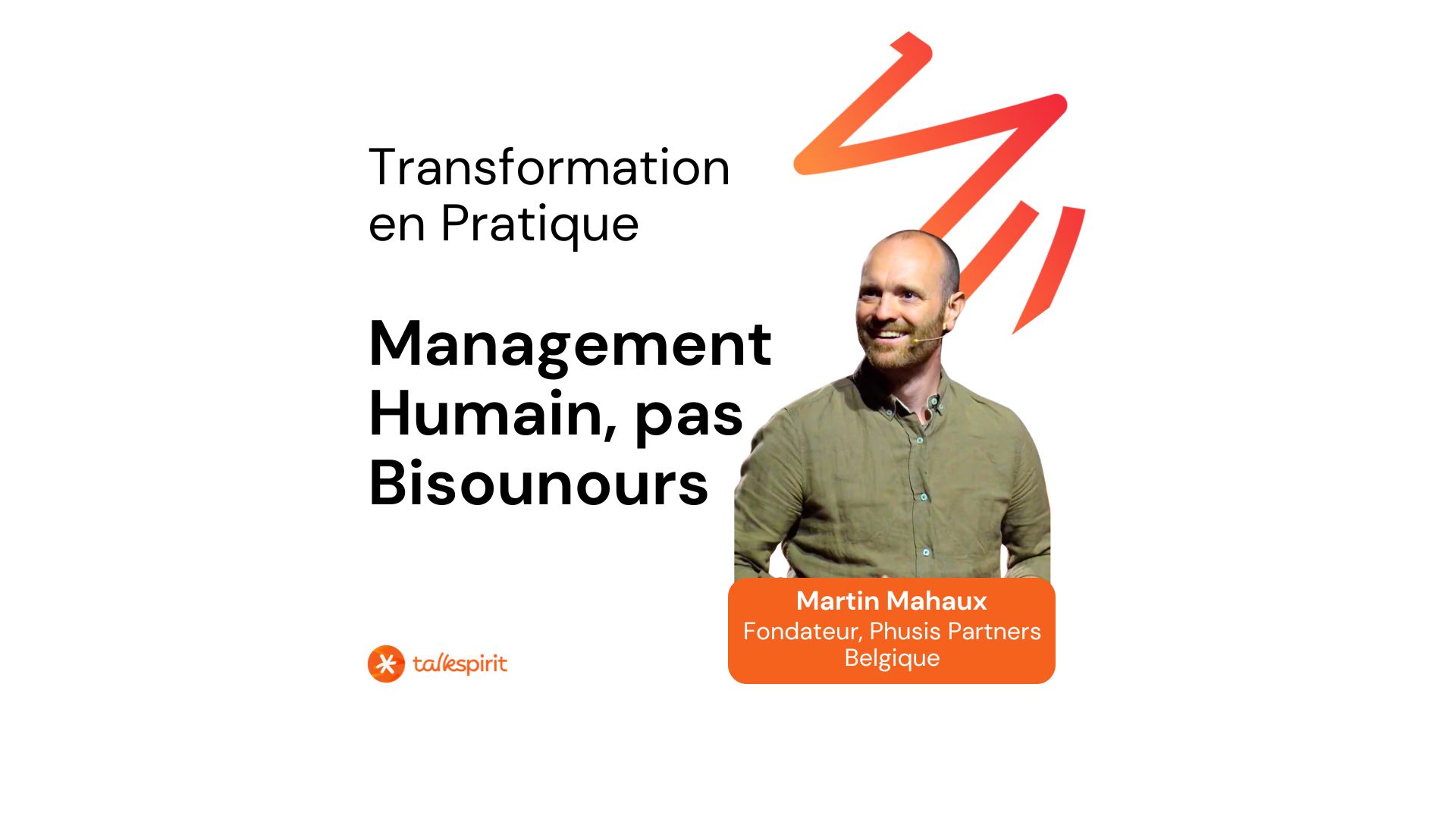


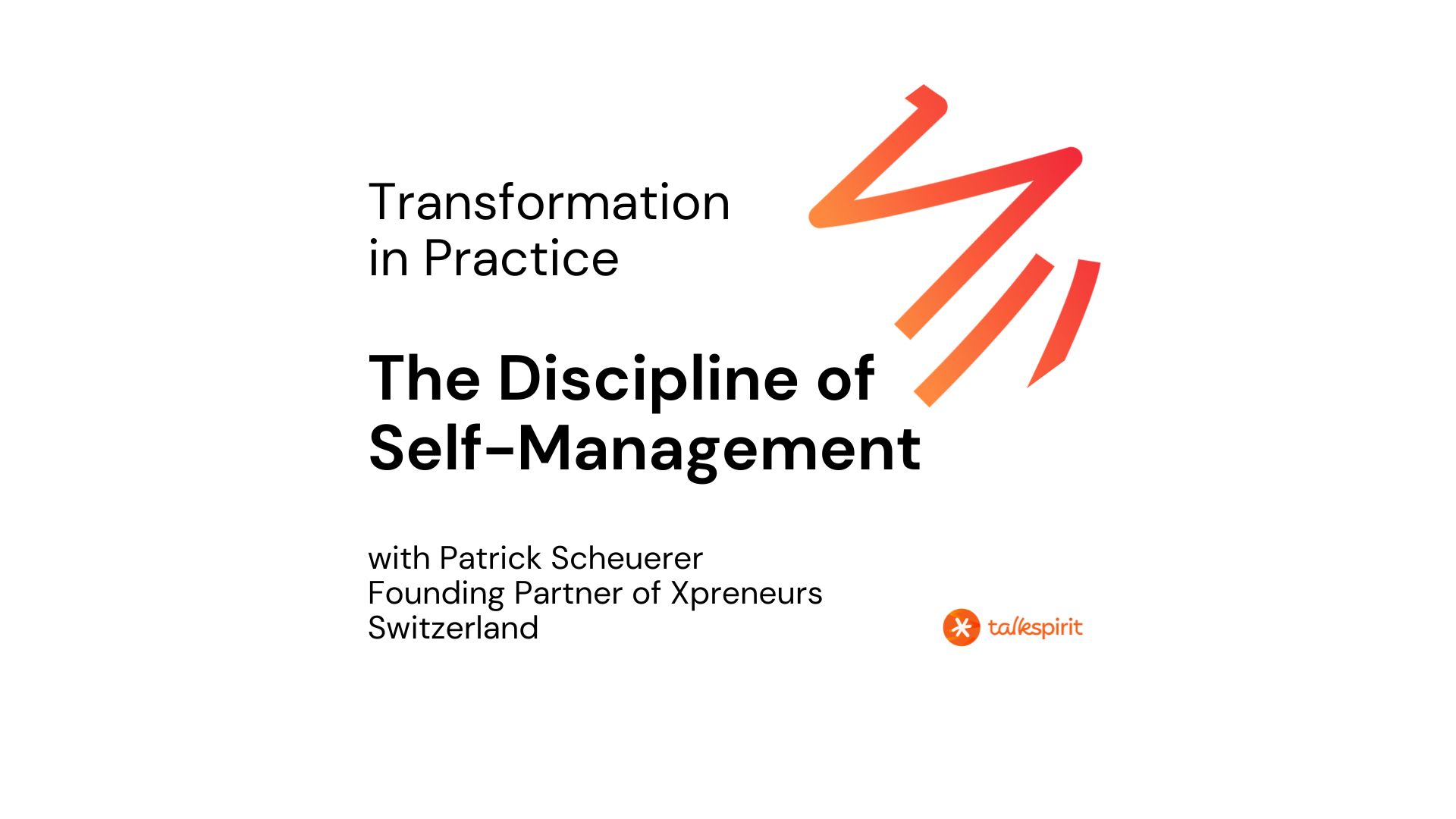



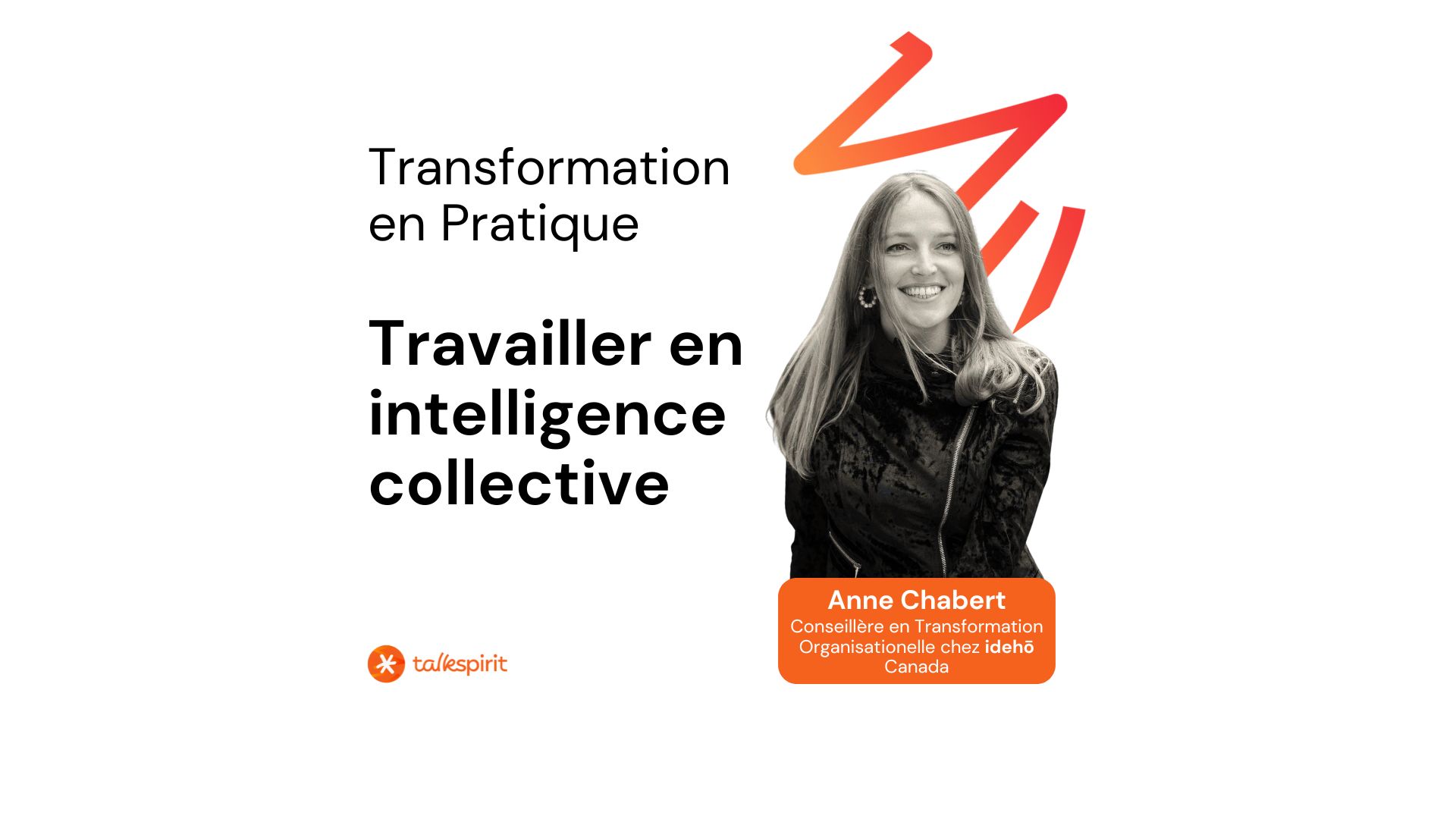

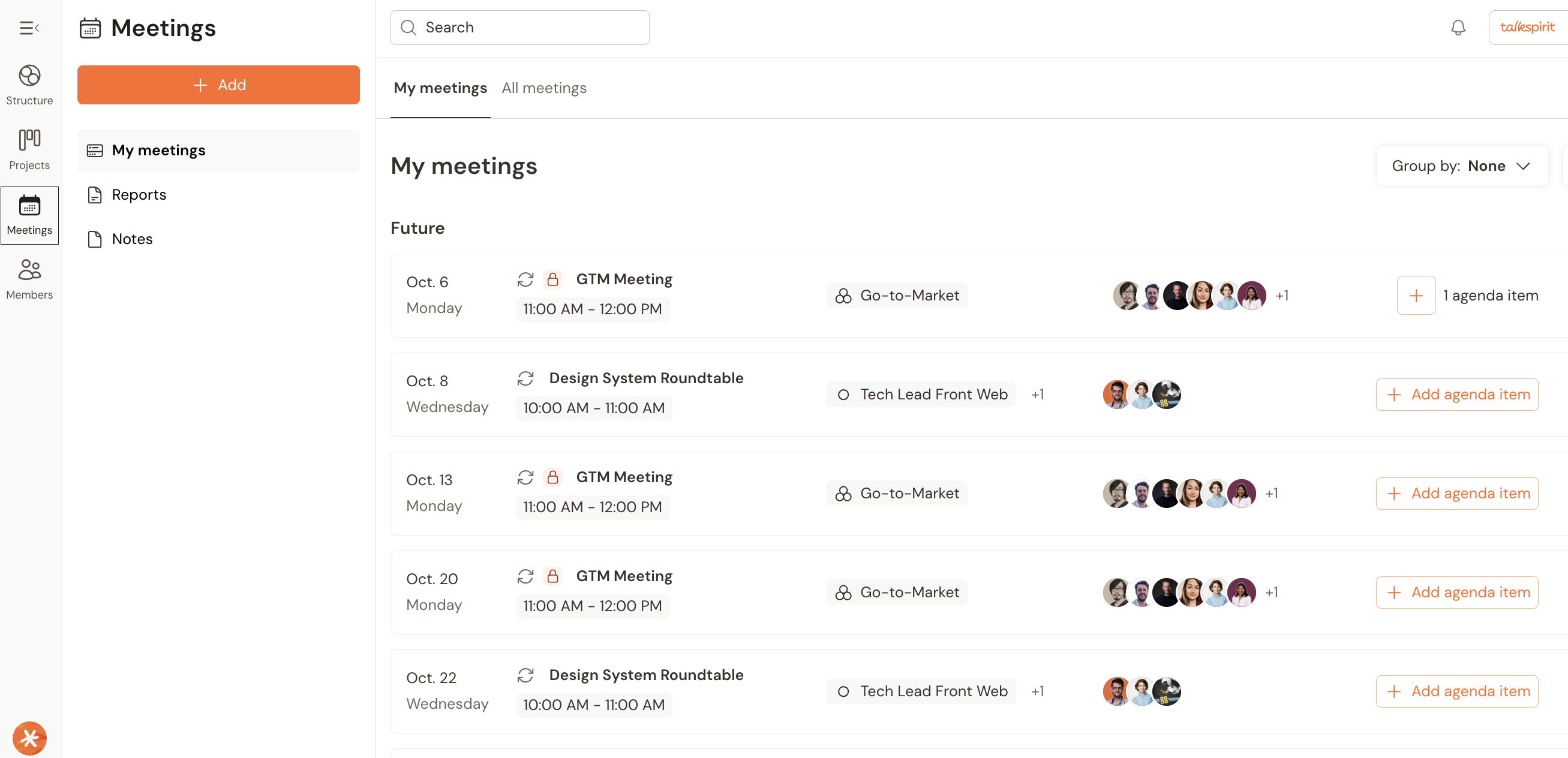



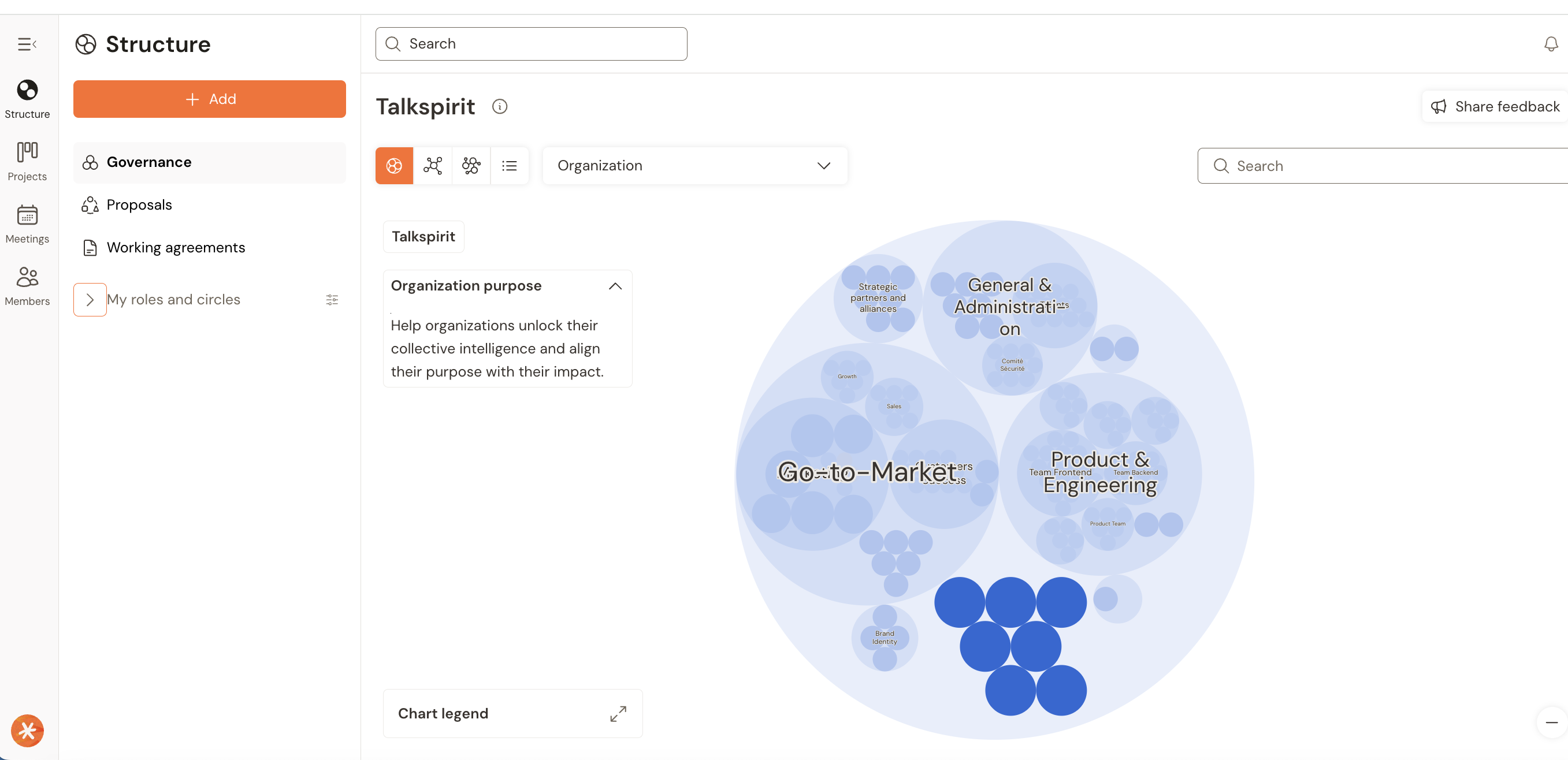


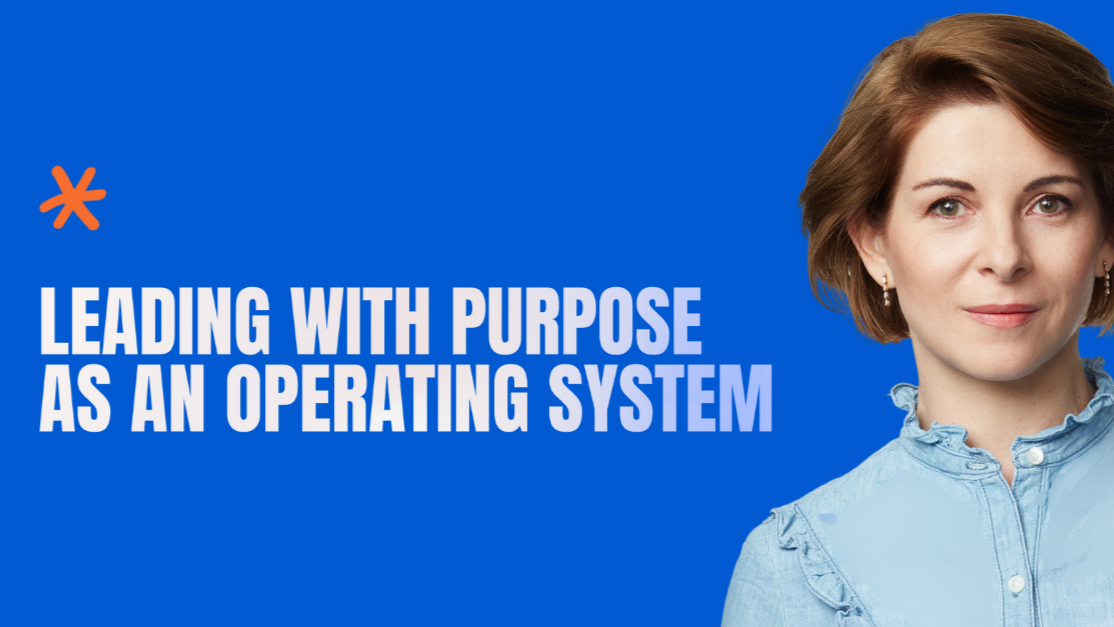







.jpg)





.jpg)
.jpg)







.jpg)
.jpg)


.jpg)

.jpg)


.jpg)











.jpg)




.jpg)



.jpg)

.jpg)



.jpg)








.jpg)




